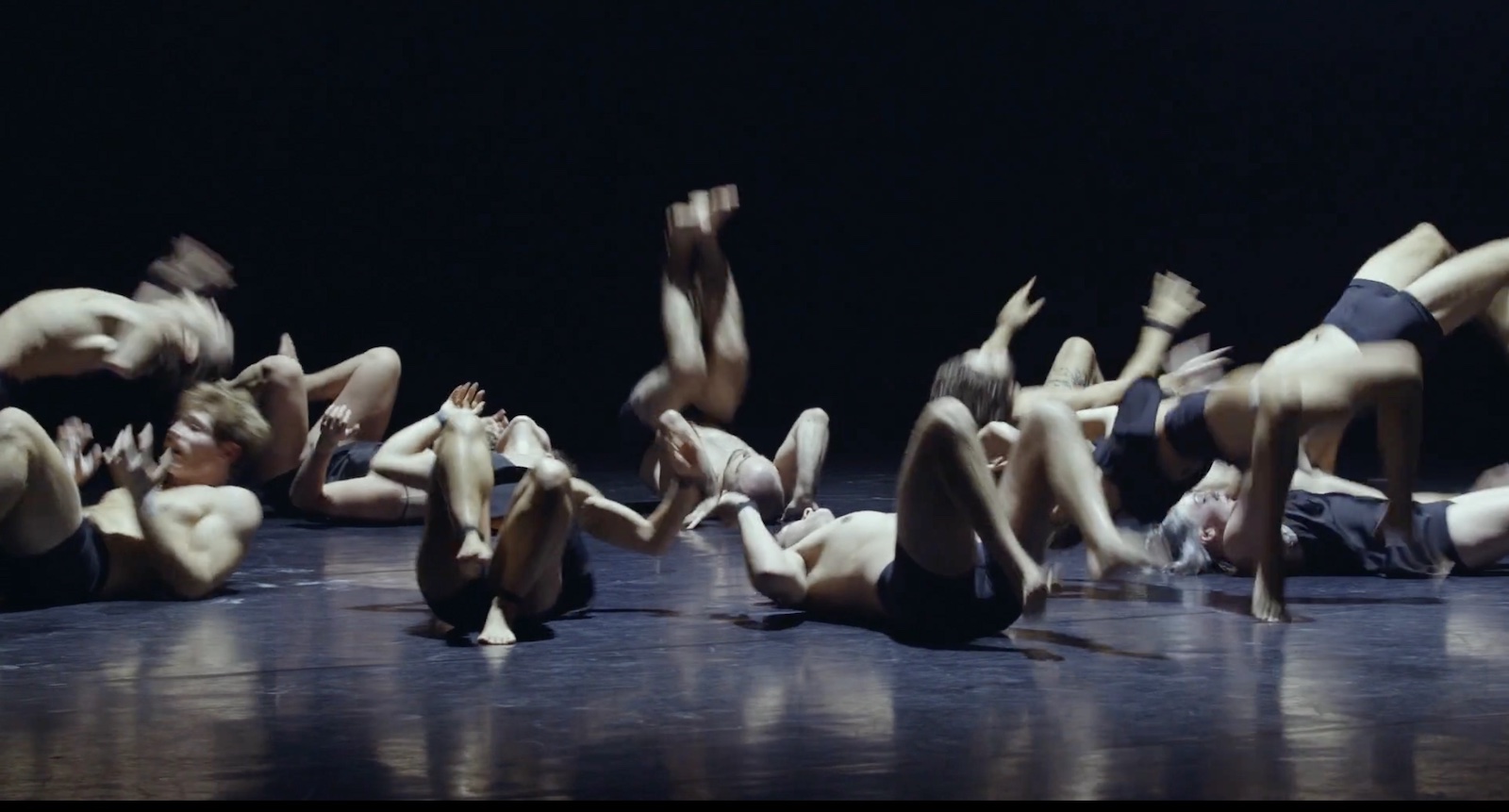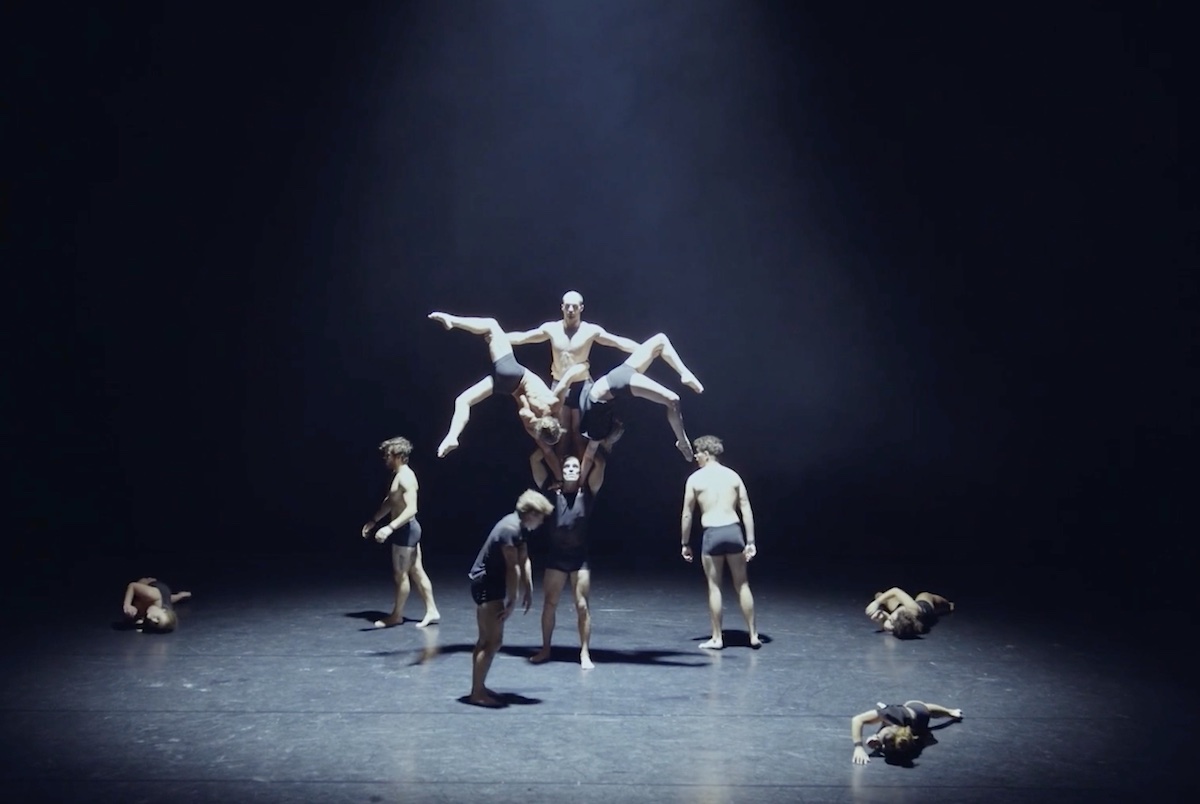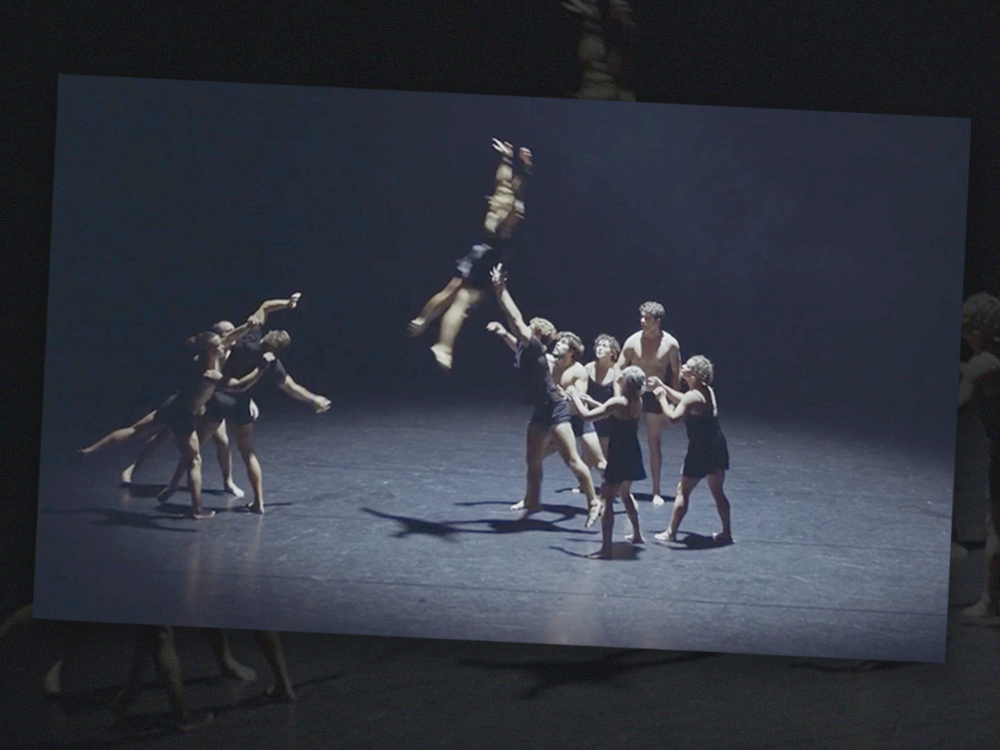A thought occurred to me during a performance from Circa, the celebrated Australian dance and circus company whose production of Sacre featured 10 acrobatic performers reinventing ancient sacrificial rites through contemporary dance and elements of spectacle.
Presented at the Vancouver Playhouse last year, Sacre is a reworking of Stravinsky’s barn-burning ballet The Rite of Spring, a production that prompted a near riot at its premiere in 1913. The stories of Spring’s premiere vary, but in short, the audience, after initially warring with one another, turned their ire to the performers. Fisticuffs, the hurling of objects and overall hullabaloo ensued. According to some accounts, the police had to intercede, arresting more than 40 people.
No doubt the legend has grown to outsized proportions over the years, but the critical idea that emerged and endured was that art could burn down the house and change the world.
In addition to recalling the layers of history, Sacre reminded me how curious the ritual of live performances still is. And I’m thinking about the entirety of it.
First, there are the preparations: putting on an outfit, your journey to the theatre, watching people file in, taking note of what they’re wearing, rolling your eyes at the prevalence of Arc’teryx jackets. The house lights falling into twilight, the locust rustle of people settling down, speeches from the stage along the lines of “Tell your wanker friends to come back to the theatre!” That word isn’t actually used, but you get the sentiment.
Then there’s the actual show itself. Onstage are people capable of spectacular feats of physical prowess, performing for the delectation of those who largely can’t do the same.
Sacre is an interesting example in that it’s a contemporary adaptation of an older performance piece, which was itself about ancient sacrificial rites. So, this stuff is uh... old. When the pounding pagan rhythms of Stravinsky’s score kicked in, happiness flooded through me, followed quickly by ghosts of sadness.
When the performance ends, it’s the audience’s turn to do stuff, slapping our hands together to signal accord and appreciation. The performers return to the stage, the silent agreement that three rounds of applause are sufficient. The post-performance conversations ensue. We explore the things we liked, the things we didn’t. After that, the ride home with buzzy images whirling about your consciousness. A quick glass of wine and then sleep, perchance to dance in your dreams.
What would happen if this ancient rite of gathering to witness live performance were to disappear?
With so many other entertainment options available, why does this form of engagement still matter?
What does it mean to the overall character of a city? Is it still essential, or a fading form relevant to only a niche few?
Maybe some folk would shrug and go back to streaming videos. But others, like me, would mourn this age-old activity like the death of a beloved.

For survival in the arts, size matters
It’s common knowledge that cultural organizations are struggling. The bad news about the continued decline of arts organizations keeps circulating. Even larger flagship festivals like Hot Docs, Just for Laughs and the Vancouver Fringe Festival appear to be rearranging the deck chairs on a perpetually sinking ship. The fact that such formerly robust events are making public pleas for support is an indication that things have taken a further turn for the dire. Like big canaries in the coal mine, it’s a signal that other, smaller groups are perhaps on an even more precarious footing.
These are not the only problems.
I wrote about some of what’s been taking place in the cultural sector recently, namely the agonizing and controversial decisions to cancel the run of a play in light of current events. At the centre of the debates are thorny questions around who decides what gets to be seen onstage or not.
These issues need to be addressed openly, thoughtfully, transparently and with a good dose of honesty and humility. But it sometimes feels impossible to have these kinds of conversations without a descent into rancour and bitterness. The recent cancellations of productions at the PuSh Festival and in Victoria’s Theatre Inconnu indicate the ongoing level of challenge.
Even as rankling arguments continue, other forms of attrition are also taking place, principally around space and money. A city abhors a vacuum, so even if certain things disappear, something else will take their place. Perhaps, smaller things: marsupials instead of stegosauruses.
That process is well underway. A number of recent conversations with artists have centred around the idea of diminution, things getting smaller. If you don’t have access to a huge studio space, it doesn’t mean that you stop making work; you just make smaller things. No more paintings that are 30 metres long, only tiny watercolours. I exaggerate, but only to a point.
That was the startling thing about Sacre. Although there was no giant set, there was a fair number of people onstage. The costs of international touring, even in the olden days, were considerable: there is the cost of travel, freight, performer salaries, per diem. The list goes on. Now, productions as grand as Sacre can be almost impossible to mount because of their costs. Only the largest organizations can shoulder them, and those, too, are struggling. The implications are especially pressing for larger-scale disciplines like dance, theatre and opera.
A February 2023 essay in the Guardian about the erosion of support for English opera companies made the point that size, at least for certain forms, is kind of the point.
Charlotte Higgins, the Guardian’s lead culture writer, put it this way: “However brilliant the reimaginings of opera in smaller or found spaces, the thing that happens with orchestras in theatres is the art form. The form as artists have conceived it, all the way from Handel and Mozart to George Benjamin — notwithstanding a wonderful, and growing, smaller-scale repertoire.
“Of course, if you starve something, run it down constantly, gradually reduce the provision of it so that few can afford it, it becomes ‘elitist’: it’s a closed loop, a self-fulfilling prophecy. And if opera in the form that its creators imagine it becomes for toffs, that is nothing to do with opera itself. It is absolutely extrinsic to the art form, and precisely the result of neglect, and underfunding, and starving of resources, and shame, and embarrassment, and lack of care.”
In B.C., government funding has kept the wolf from the door for a while. Those days appear to be ending. More at issue is this question: What does the future hold for arts organizations and for audiences in Vancouver?
Furthermore, what does it mean to live in a city, to partake of civic life, in a place of dwindling options?
And what happens when it gets too damn expensive to do anything other than hunker down in your apartment and stream movies online?
The soul of a city
As much as attending the ballet or the opera is a cultural experience, it is a social one as well. This aspect is as critical. When the Vancouver Folk Music Festival was in danger of disappearing, many despairing festival devotees pointed out that arts events are as much about seeing friends, family and neighbours as they are about watching live music.
But audiences also need help, even to know what’s going on in town, much less make sense of it. This is where critics come in, but there are precious few left in this city.
The work of understanding art made me think of a video clip I stumbled across recently of the indefatigable Fran Lebowitz holding forth on the changing nature of audiences.
In the interview, Lebowitz explains how in the 1970s, people who attended performances of the New York City Ballet were so well informed that if a dancer landed a jump poorly, a ripple of critical consternation would roll across the theatre like a wave. There was an almost ridiculous level of connoisseurship present in the audience.

Today, that audience is gone, she says. So, what comes next? The other question that lies in the grass, faintly hissing, is how to make things better.
It’s easier to sit in the corner talking about how everything currently sucks. Except that it doesn’t. There are still plenty of good, even great things taking place across Metro Vancouver, created and presented by incredibly hard-working teams of people who work above and beyond their pay grade. All for the sake of the arts.
Even the folk festival pulled back from the brink. But other organizations are currently trembling under the weight of their own issues. How many others are waiting in the wings? What do you get but a moment of seismic change? Is this the tip of the iceberg?
At the same time that problems with money and attendance are being actively daylighted, there is an exodus of the old guard at the helm of many arts organizations. This opens up some room for significant types of change, which is good. But even as the next crop of arts workers take the reins, they’re faced with a set of increasingly complicated problems, everything from funding to attendance to ongoing issues with censorship. As a battle-scarred veteran of the culture wars, I experience this as a strange moment. The future feels almost impossible to pin down, but perhaps thus was it ever.
So, what’s the answer? Is there an answer? No one seems to know what the future holds for the cultural community in Vancouver. All I can say is a city without art is no city at all. ![]()
Read more: Labour + Industry, Media

















Tyee Commenting Guidelines
Comments that violate guidelines risk being deleted, and violations may result in a temporary or permanent user ban. Maintain the spirit of good conversation to stay in the discussion and be patient with moderators. Comments are reviewed regularly but not in real time.
Do:
Do not: